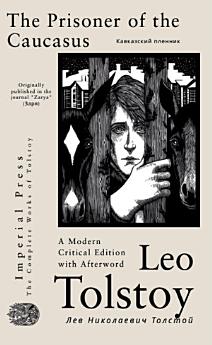The Prisoner of the Caucasus
About this ebook
"The Prisoner of the Caucasus," known in Russian as "Кавказский пленник," was first published in 1872 in the journal "Заря" (Zarya). This work, sometimes referred to as a novella, was written for Tolstoy's "Azbuka" (ABC book) and has since become one of his most recognized pieces, frequently reissued and included in school curricula. The story centers on Zhilin, an officer from a modest noble family serving in the Caucasus, who, while on leave to visit his ailing mother, is captured by Tatars alongside the corpulent and weak-willed officer Kostylin.
The account details Zhilin's two attempts to escape, with his second endeavor proving successful through the aid of Dina, a thirteen-year-old daughter of his Tatar captor, Abdul-Murat. Kostylin, in contrast, eventually secures his release through a ransom payment. The composition explores the theme of human choice, contrasting Zhilin's strong will and courage with Kostylin's passivity and cowardice. It also subtly critiques the brutalities of the Caucasian War, where abductions for ransom were common, while simultaneously highlighting the capacity for empathy and assistance even between enemies.
This critical reader's edition presents a modern translation of the original manuscript, crafted for the modern reader with clean, contemporary language and simplified sentence structures that clarify his complex Russian phrasing and specific antiquated references. Supplementary material enriches the text with autobiographical, historical, and linguistic context, including an afterword by the translator on Tolstoy’s personal history, impact, and intellectual legacy, an index of the philosophical concepts he employs—emphasizing Existentialism and influence by Schopenhauer—a comprehensive chronological list of his published writings, and a detailed timeline of his life, highlighting the personal relationships that shaped his philosophy.











